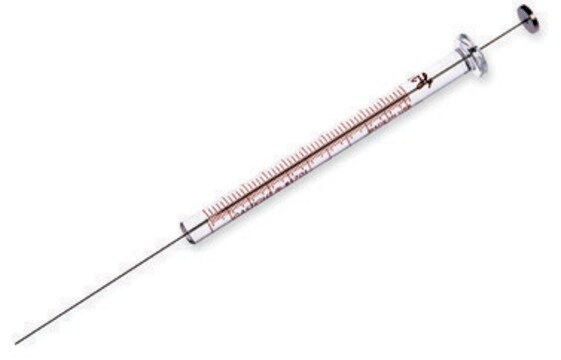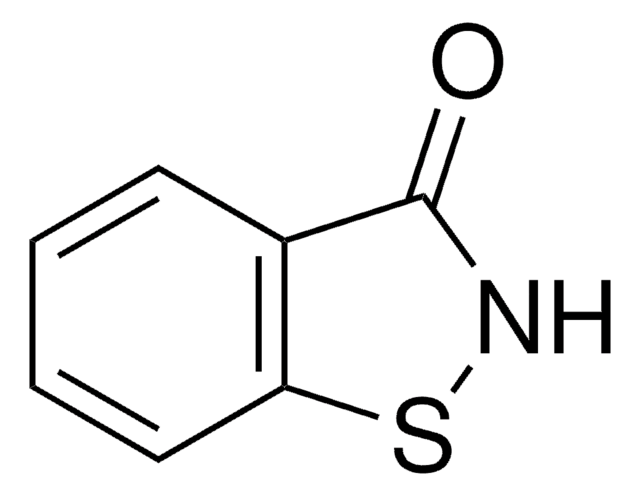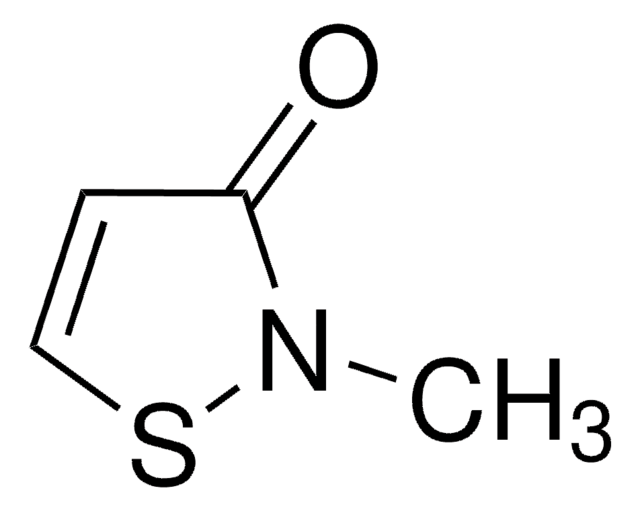34392
Methyldibromoglutaronitrile
analytical standard
Synonyme(s) :
1,2-Dibromo-2,4-dicyanobutane, 1-Bromo-1-(bromomethyl)-1,3-propanedicarbonitrile, 2-Bromo-2-(bromomethyl)glutaronitrile
About This Item
Produits recommandés
Qualité
analytical standard
Niveau de qualité
Durée de conservation
limited shelf life, expiry date on the label
Technique(s)
HPLC: suitable
gas chromatography (GC): suitable
Pf
51-55 °C
Application(s)
environmental
Format
neat
Température de stockage
2-8°C
Chaîne SMILES
BrCC(Br)(CCC#N)C#N
InChI
1S/C6H6Br2N2/c7-4-6(8,5-10)2-1-3-9/h1-2,4H2
Clé InChI
DHVLDKHFGIVEIP-UHFFFAOYSA-N
Description générale
Application
Produits recommandés
Mention d'avertissement
Danger
Mentions de danger
Classification des risques
Acute Tox. 4 Oral - Skin Corr. 1B
Code de la classe de stockage
8A - Combustible corrosive hazardous materials
Classe de danger pour l'eau (WGK)
WGK 2
Point d'éclair (°F)
Not applicable
Point d'éclair (°C)
Not applicable
Équipement de protection individuelle
Eyeshields, Faceshields, Gloves, type P3 (EN 143) respirator cartridges
Faites votre choix parmi les versions les plus récentes :
Déjà en possession de ce produit ?
Retrouvez la documentation relative aux produits que vous avez récemment achetés dans la Bibliothèque de documents.
Notre équipe de scientifiques dispose d'une expérience dans tous les secteurs de la recherche, notamment en sciences de la vie, science des matériaux, synthèse chimique, chromatographie, analyse et dans de nombreux autres domaines..
Contacter notre Service technique


![Benzo[a]pyrène-d12 98 atom % D](/deepweb/assets/sigmaaldrich/product/structures/962/892/b867e1bb-083c-4337-b499-36eae87f40ad/640/b867e1bb-083c-4337-b499-36eae87f40ad.png)





![Benzo[a]pyrène ≥96% (HPLC)](/deepweb/assets/sigmaaldrich/product/structures/253/820/be96d879-1811-46c0-8f11-612019691c2d/640/be96d879-1811-46c0-8f11-612019691c2d.png)

